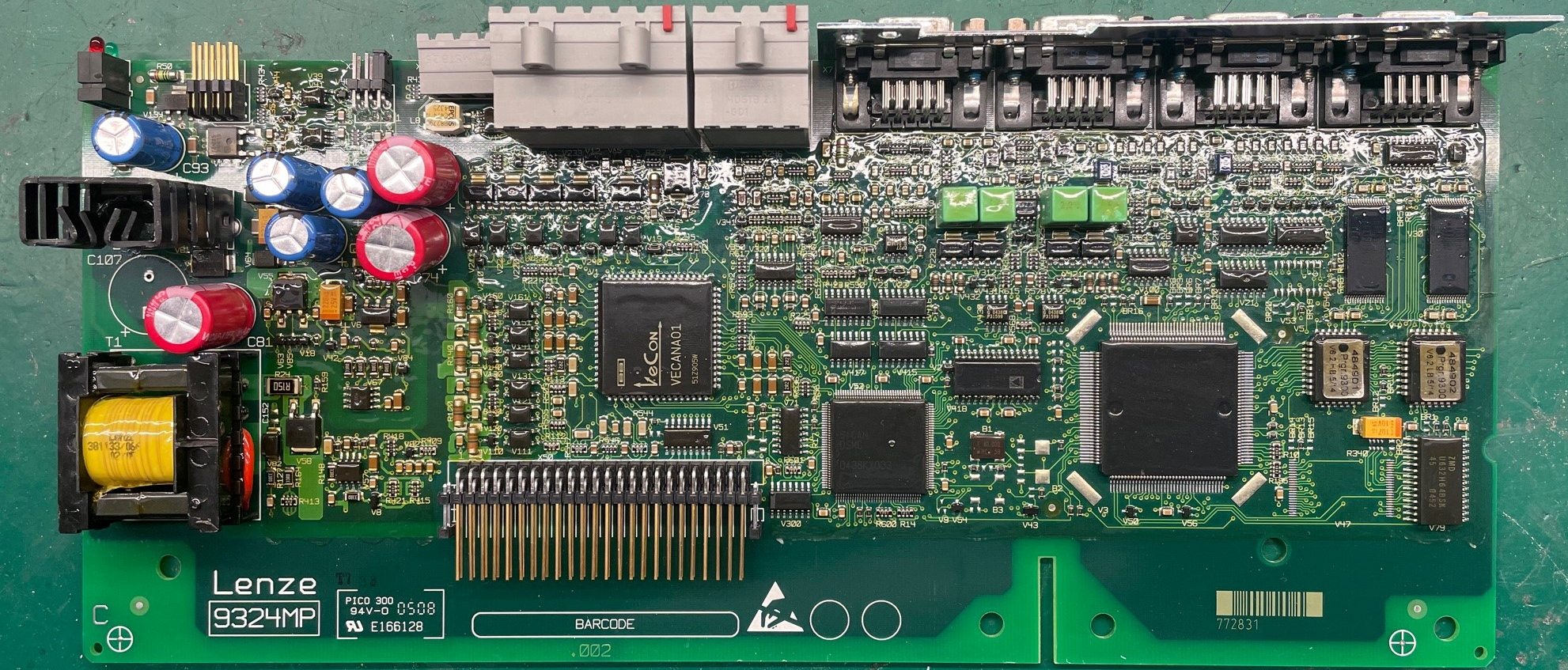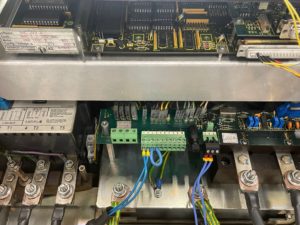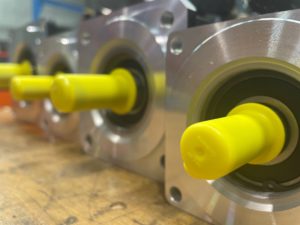Without a doubt, predictive maintenance is the one that brings the most benefits to the industry. Companies try to optimize the maintenance function in order to achieve the highest levels of availability and reliability at the lowest possible cost by combining corrective, preventive and predictive strategies. Although the current trend is that of a progressive migration towards predictive maintenance, it is considered that 60% of the maintenance carried out in our country of productive equipment is still maintenance to failure or corrective maintenance. Hence the great opportunities for improvement that still exist in the maintenance area.
Predictive maintenance is a maintenance strategy that, as we have said before, is based on the early detection of failures by identifying failure patterns. The elimination of unforeseen failures is pursued so that the availability and reliability of assets can be increased. His philosophy is to intervene in machines only when necessary. In this way, machine dismantling that does not provide greater reliability is avoided, since it is shown that almost 70% of the failures that are generated evolve in a totally random way, they can occur at any time, with which preventive maintenance at a fixed interval starts to get quite questionable.
 Some points about the importance of predictive maintenance.
Some points about the importance of predictive maintenance.
- Improve equipment availability.
- Greater reliability globally.
- There are fewer losses of raw materials caused by emergency shutdowns when some equipment fails.
- The number of system repair interventions is reduced.
- Thanks to the monitoring and automation of the activity, accidents are reduced and safety in the plant increases.
Predictive techniques.
The different tools used to diagnose the operating status of the equipment:
- Vibration analysis: problems of unbalance and eccentricity, damage to impellers and pumps or misalignment of shafts and pulleys, among others, are analyzed.
- Visual inspection: the machines are observed with special attention in search of cracks, wear, fissures or noise.
- Ultrasound: this predictive maintenance technique allows us to prevent possible failures thanks to a thermal camera. Evacuation systems are analyzed in equipment, humidity, environments and their isolation …
- Thermography: they are carried out with the use of infrared and thanks to it, hot spots are detected. The reduction in the prices of thermal imaging cameras has allowed any maintenance department to benefit from this powerful predictive technique.
- Temperature measurement: alarms are implemented that warn us of an inappropriate excess of temperature in certain equipment. In this way, we can see what temperature may be affecting the correct operation of the equipment or which one is warning us of a possible failure.
- Pressure control: the pressure is evaluated to detect hydraulic failures due to leaks, obstructions in filters or closures, among others.
- Shock impulses: it is used to carry out a control of the state of the bearings. The collision speed between the rolling elements and the raceways is measured.
- Penetration liquids: it is used to look for cracks, and it is a non-destructive maintenance technique.
- Magnetic elements: this technique also seeks to detect cracks. The material to be analyzed is magnetized.
- X-rays: used to detect defects inside the equipment. The part in which the pieces are joined and their welds are analyzed.
To apply all these predictive maintenance techniques, the machines must be monitored and have a data history that allows analyzing the operation, to detect any variation in the data collected and if it is detected and verified, start the corrective measure that is determined for each step. In this way, there is a reaction time, by monitoring and analyzing the production cycles, so that the equipment is reviewed if variations are detected in the data collected in the machine where it is installed.
 In conclusion.
In conclusion.
For all these reasons, predictive maintenance is positioned as a practice that we could qualify as essential in Industry 4.0. Three fundamental departments are involved in these processes, quality, maintenance and production.
Quality is in charge of the statistical analysis that is key to having knowledge about the control of production costs. Obviously this affects maintenance and production.
Not all companies have the capacity to cover this need from the maintenance department, and there GDM is positioned as the ideal partner to support these tasks. If you have a need or want to ask us any questions regarding these processes, get in touch with us FROM HERE. We can help you with the necessary controls, analysis and tests for each team. In addition, we will provide you with the corresponding technical reports for these teams.



